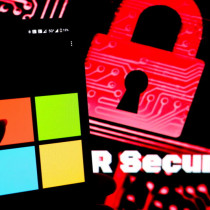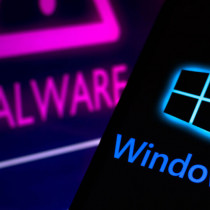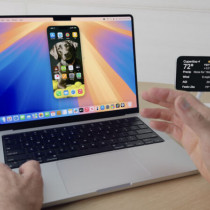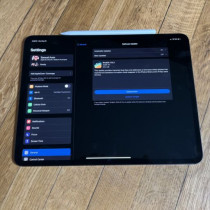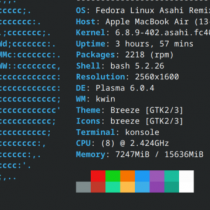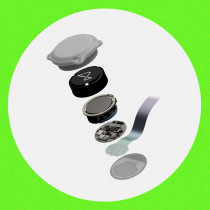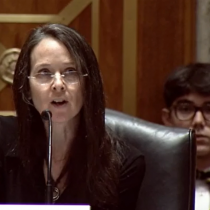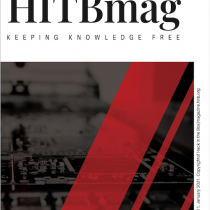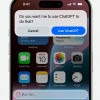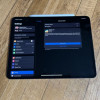Tear down reveals Verizon iPhone could have been dual mode
iFixit has gotten its hands on the CDMA-equipped iPhone 4 and taken it apart to see what Apple has changed from the original GSM-based iPhone 4. Apple has swapped out the original vibrator for a revised "smoother" version, and made changes on the logic board to accommodate a new Qualcomm baseband processor compatible with CDMA networks like Verizon. The most interesting revelation, however, is that the Qualcomm chip that Apple used is capable of both CDMA and GSM communication.
We noted the obvious external changes when we got a chance to look at the new Verizon-compatible iPhone in January. That included a revised antenna designed to work with CDMA, as well as a slight adjustment to the position of the mute switch to accommodate the redesigned antenna. The CDMA-compatible iPhone 4 also lacks a slot for a micro SIM card, as CDMA carriers don't rely on SIMs for activation.
However, Apple could have made the new iPhone compatible with both GSM and CDMA-based carriers, according to iFixit's analysis. The baseband processor is a Qualcomm MDM6600—the same one used in Motorola's Droid Pro "world phone." It supports both GSM and CDMA cellular standards, including the 3G variants HSPA+ up to 14.4 Mbps and EV-DO rev B up to 14.7Mbps.





